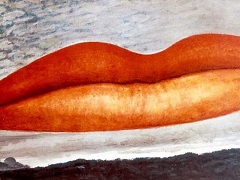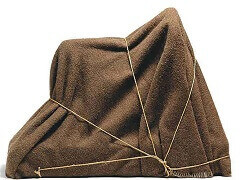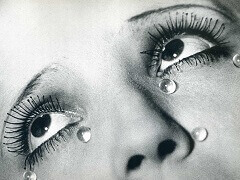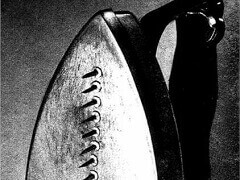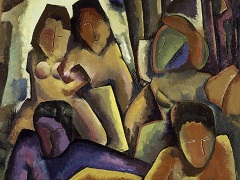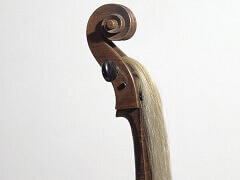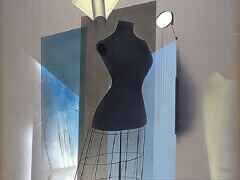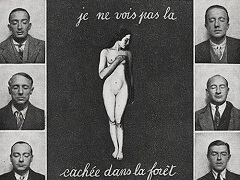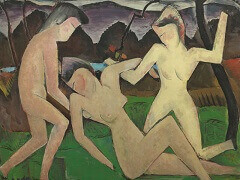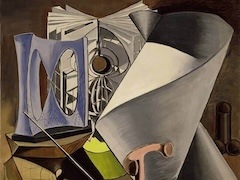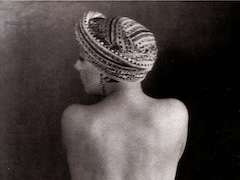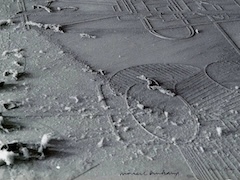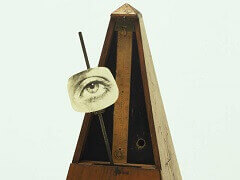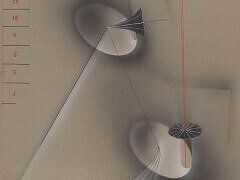Electricity, 1931 by Man Ray

In partnering with industry in the thirties, Man Ray was at a creative peak, advancing the methods and effects of avant-garde photography to catch the eye of the sophisticated consumer. No art director, editor, fashion house, or advertiser of the period failed to take note of Man Ray. Published in countless magazines around the world, he was recruited away from Vogue to Harper's Bazaar by the legendary Alexey Brodovitch. Above all, Man Ray's photography embraced the art director's dictum to 'be alert for new visions and techniques.'
In over a decade of work Man Ray had brought life to old processes. He developed a more radical approach to making photograms, naming his camera-less inventions Rayographs. His transformation of the Sabatier effect had by 1930 radically redefined the look of the portrait. In response to various assignments Man Ray made collages, reversal prints, optical distortions, screened prints, and the still little-known colour photographs. There was little that Man Ray did not explore with enthusiasm.
Man Ray's great commitment to his Rayographs was that they never stayed the same -- they evolved and changed. In 1922 when he bagan making Rayographs, they were photograms (camera-less images made by placing objects directly on the photographic paper and exposing them to light) enhanced by intentionally changing the compositon and lighting during the exposure to create abstract effects. By 1930 when he made the Electricity series, the Rayograph had further evolved to encompass camera-based images whereby a negative was projected onto paper with the aid of an e nlarger. Despite the various photographic approaches involved in creating his Rayographs, there is a consistency in their visual effect - the phantom silhouettes floating in impossible to define planes. Only Man Ray could make Rayographs as that was the name he gave to his own creations and he took great pleasure in the mystery and curiosity surrounding his methods.
One of his most innovative commercial endeavours was Electricity, a commission undertaken for la Compagnie Parisienne de Distribution d'Electricité (CPDE). His effort and attention in the commission was considerable although Man Ray conveyed the impression that it was effortless. In one recollection he claimed to have made everything in the darkroom in 'four or five hours'. And yet Lee Miller, his assistant-lover-muse, remembers them photographing around Paris for the project. It took days to craft this bold suite in his darkroom with Man Ray drawing upon an odd assortment of props, and a large array of negatives, including what was surely an appropriated image of the moon

